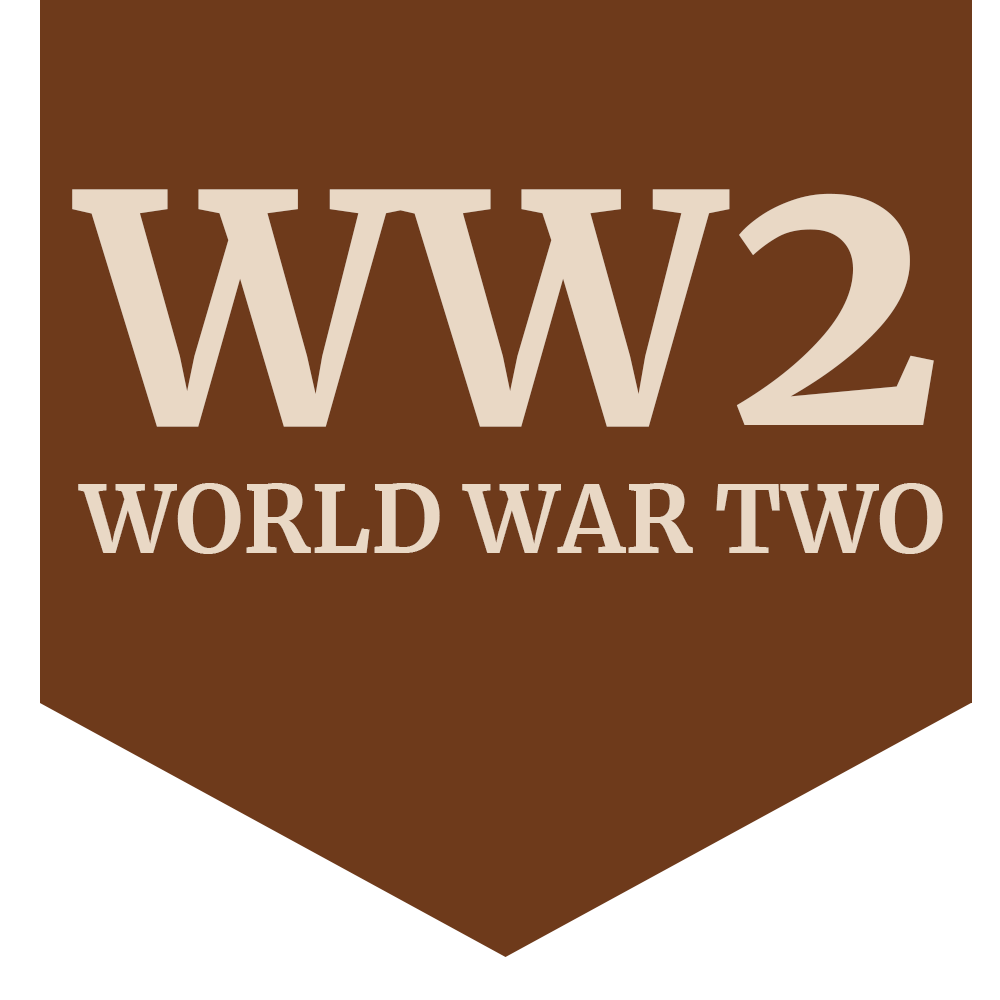
William Arthur Loose
A handsome young man of likeable disposition, Billy proved popular and sociable. Before joining the RAF he had worked for T. Shipside, the motor dealers on Gateford Road, after attending the Central School.
- Family History
- Military history
- Extra information
- Photographs
Arthur and Maggie Loose, Billy’s parents, kept the Wheatsheaf Hotel on Bridge Street, which stood on the present site of the Nationwide Building Society. News that their son was missing was forwarded to them immediately and they also heard from the padre at Dunholme Lodge asking them not to lose hope and sending sympathy and the assurance of his prayers.
As tenants, Arthur and Maggie would have been under extra pressure. Even though distraught at the possible loss of their son, they still had to act as mine hosts in what recollection recalls was a friendly and cosy pub.
It was not until March 1945 that the sad news, which must have been anticipated, of the death of their beloved son was formally confirmed.
Identification and research by Robert Ilett
REICHSWALD FOREST WAR CEMETERY 7. E. 8.
In 1944 Billy Loose was a Flight-Sergeant serving with 619 Squadron based at RAF Dunholme Lodge. Apart from being a member of the 14th Worksop Scout Troop, Billy had been an enthusiastic member of 303 (Worksop) Squadron of the ATC. He had joined up aged 18 and was only 19 and a half in June 1944.
On the evening of 21 June 1944 Lancaster 111 ND986 PG-S with Billy aboard, as flight engineer, under the command of pilot -officer K E Crawford, a member of the Royal Australian Air Force, took off from Dunholme Lodge at 23.24.
The target was Wesseling near to Cologne, the site of a major synthetic oil plant. This was Billy’s seventh or eighth operational flight. 133 Lancasters and six Mosquitoes were the attacking force.
The time of year meant that the northern sky did not become fully dark. The bombers' silhouettes would have been clear outlines against this background making them easy targets for night fighters attacking from a southerly direction and for ground-based gunners.
37 of the Lancasters were lost – a rate capable of nullifying Bomber Command as an effective force in very short order.
Billy’s Lancaster was hit by flak and fell into the River Rhine between the road bridge and rail bridge at Duisberg. All eight crew members, which included a New Zealander and a Canadian in addition to the Australian pilot, were killed.
Originally buried at Dusseldorf in the Nordfriedhof, they were later re-interred in the Reichswald War Cemetery along with over 7,400 other casualties.
It has been my sad privilege to research these former St. Anne’s scouts who along with over 57,000 other young (often very young) RAF men paid the ultimate price in serving their country.
Between June 1940 and the middle of 1944 Bomber Command was the only means of taking the fight to the enemy on the mainland of Europe playing a very significant part in ultimate victory.
They should all be appreciated and well as being remembered.
Robert Ilett 2019


